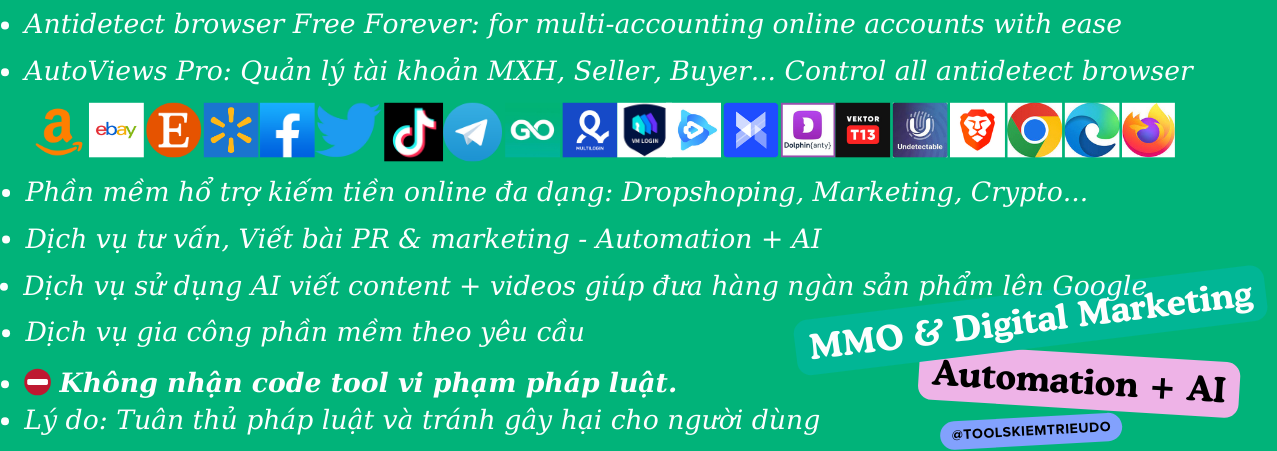Kỹ năng Công nghệ thông tin cho Cảm biến Lượng tử: Nâng cao Đo lường Chính xác trong Vật lý Lượng tử
English
Information Technology Skills for Quantum Sensors: Improving Accuracy in Quantum Physics
Quantum sensors are devices that use the principles of quantum mechanics to measure physical quantities with unprecedented accuracy. They have a wide range of potential applications, including medical imaging, environmental monitoring, and navigation.
Information technology (IT) skills are essential for the development and operation of quantum sensors. IT professionals can help to improve the accuracy of quantum sensors in a number of ways.
Data analysis
IT professionals can use data analysis to identify and correct errors in quantum measurements. This can be done by using statistical methods to identify outliers and trends in data.
Algorithms
IT professionals can develop new algorithms to improve the accuracy of quantum measurements. For example, algorithms can be used to reduce noise and interference in quantum signals.
Hardware
IT professionals can design and build hardware that is more accurate and efficient for quantum sensing. For example, IT professionals can use computer-aided design (CAD) software to create custom sensors.
Examples of IT applications in quantum sensors
Data analysis: IT professionals have used data analysis to improve the accuracy of quantum sensors for medical imaging. For example, a team of researchers at the University of California, Berkeley, used data analysis to reduce the error rate in quantum magnetic resonance imaging (MRI) by a factor of 10.
Algorithms: IT professionals have developed new algorithms to improve the accuracy of quantum sensors for environmental monitoring. For example, a team of researchers at the University of California, Santa Barbara, developed an algorithm that can use quantum sensors to detect trace amounts of chemicals in the environment.
Hardware: IT professionals have designed and built new hardware for quantum sensors that is more accurate and efficient. For example, a team of researchers at the University of Chicago developed a new type of quantum sensor that is 10 times more sensitive than previous sensors.
Conclusion
IT skills are essential for the development and operation of quantum sensors. IT professionals can help to improve the accuracy of quantum sensors in a number of ways, including data analysis, algorithms, and hardware design.
Tiếng Việt
Kỹ năng Công nghệ thông tin cho Cảm biến Lượng tử: Nâng cao Đo lường Chính xác trong Vật lý Lượng tử
Cảm biến lượng tử là các thiết bị sử dụng các nguyên tắc của cơ học lượng tử để đo các đại lượng vật lý với độ chính xác chưa từng có. Chúng có nhiều ứng dụng tiềm năng, bao gồm hình ảnh y tế, giám sát môi trường và định vị.
Kỹ năng Công nghệ thông tin (CNTT) là điều cần thiết cho việc phát triển và vận hành cảm biến lượng tử. Các chuyên gia CNTT có thể giúp cải thiện độ chính xác của cảm biến lượng tử theo một số cách.
Phân tích dữ liệu
Các chuyên gia CNTT có thể sử dụng phân tích dữ liệu để xác định và sửa lỗi trong các phép đo lượng tử. Điều này có thể được thực hiện bằng cách sử dụng các phương pháp thống kê để xác định các giá trị ngoại lệ và xu hướng trong dữ liệu.
Thuật toán
Các chuyên gia CNTT có thể phát triển các thuật toán mới để cải thiện độ chính xác của các phép đo lượng tử. Ví dụ: các thuật toán có thể được sử dụng để giảm nhiễu và nhiễu trong các tín hiệu lượng tử.
Phần cứng
Các chuyên gia CNTT có thể thiết kế và chế tạo phần cứng chính xác và hiệu quả hơn cho cảm biến lượng tử. Ví dụ: các chuyên gia CNTT có thể sử dụng phần mềm thiết kế hỗ trợ máy tính (CAD) để tạo ra các cảm biến tùy chỉnh.
Các ví dụ về ứng dụng CNTT trong cảm biến lượng tử
Phân tích dữ liệu: Các chuyên gia CNTT đã sử dụng phân tích dữ liệu để cải thiện độ chính xác của cảm biến lượng tử cho hình ảnh y tế. Ví dụ, một nhóm nghiên cứu tại Đại học California, Berkeley, đã sử dụng phân tích dữ liệu để giảm tỷ lệ lỗi trong chụp cộng hưởng từ lượng tử (MRI) lượng tử một lượng 10 lần.
Thuật toán: Các chuyên gia CNTT đã phát triển các thuật toán mới để cải thiện độ chính xác của cảm biến lượng tử cho giám sát môi trường. Ví dụ: một nhóm nghiên cứu tại Đại học California, Santa Barbara, đã phát triển một thuật toán có thể sử dụng cảm biến lượng tử để phát hiện các lượng nhỏ hóa chất trong môi trường.
Phần cứng: Các chuyên gia CNTT đã thiết




